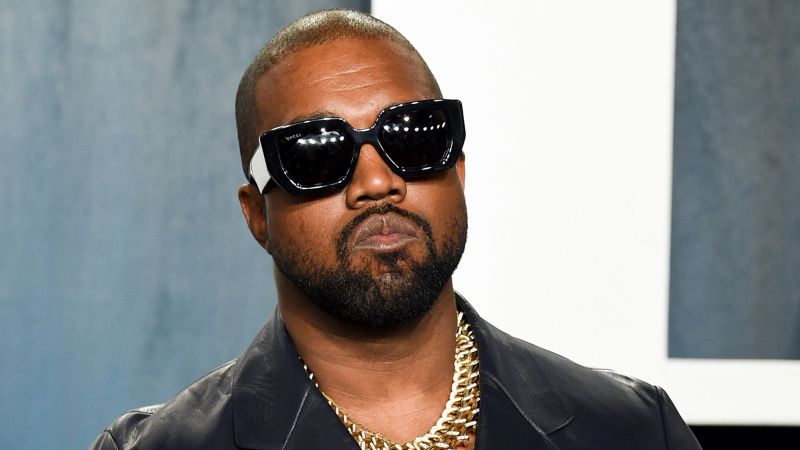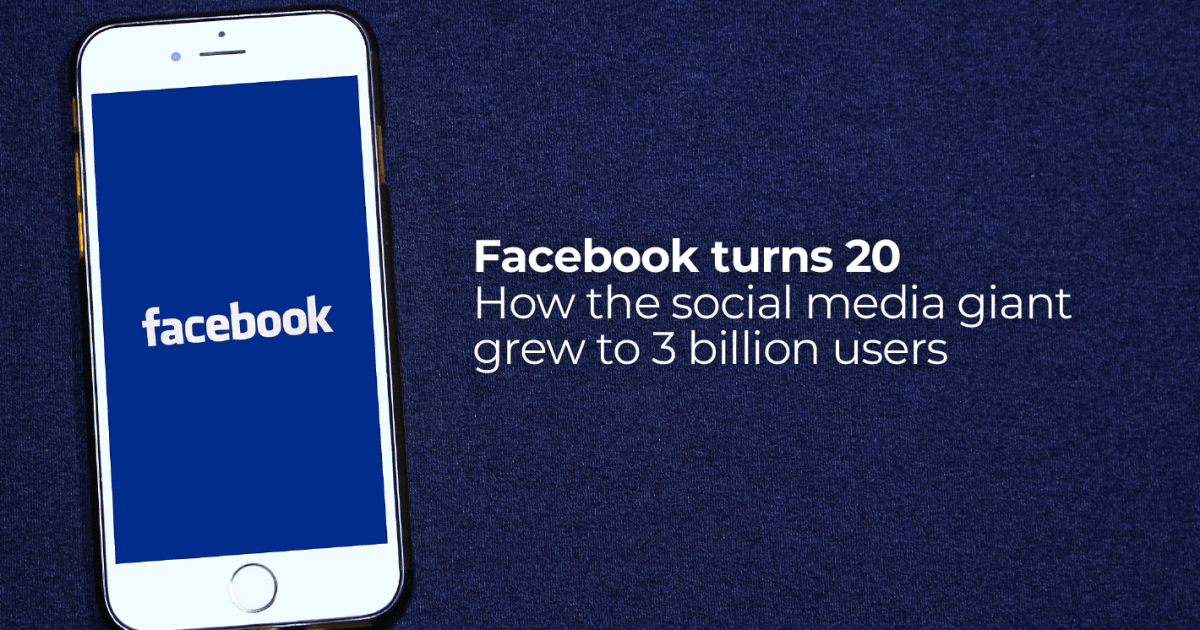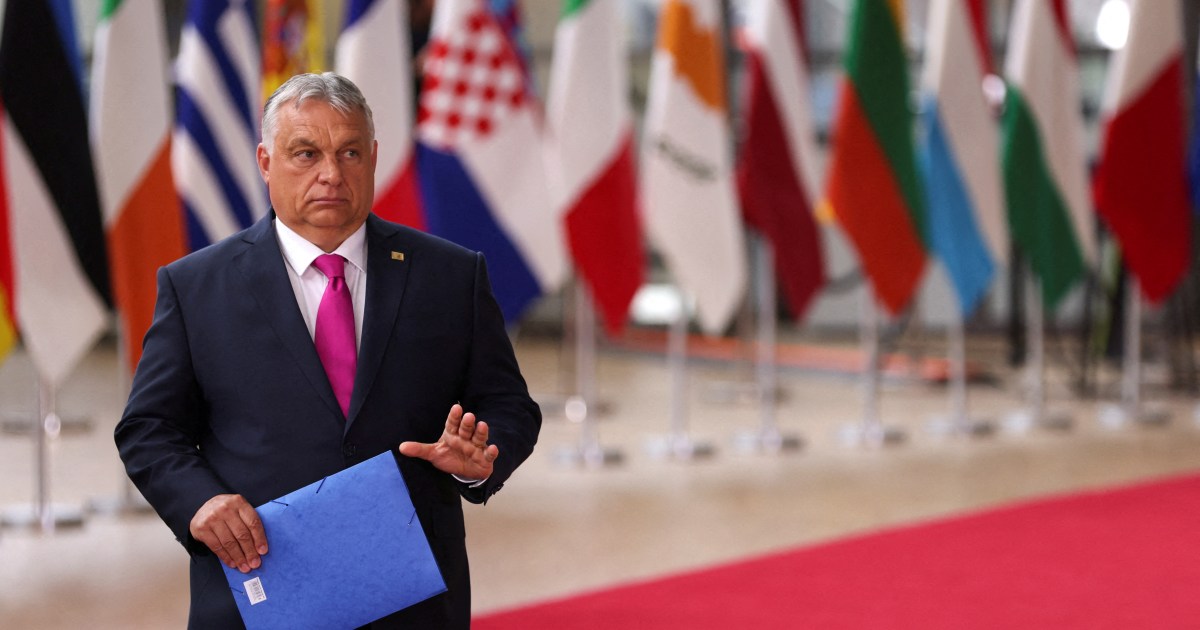Yeezy without the Ye? Who is new “sole” owner | CNN Business
New York
CNN Business
—
“When it starts to get crazy, then run away,” Kanye West once sang. Adidas followed his advice.
Where to start? After a social media uproar Adidas cut ties with Ye, the artist formally known as Kanye West (and formerly known as a billionaire) joining the long list of brands that have separated themselves from the star after his antisemitic media tour.
In its statement, Adidas said that it would “end production of Yeezy branded products, and stop all payments to Ye and his companies. Adidas will stop the Adidas Yeezy business with immediate effect.”
But scroll down, look at the last paragraph of the company’s announcement and you’ll find an intriguing sentence that is raising eyebrows in the industry (and seemed to come straight from Adidas’ legal team).
“Adidas is the sole owner of all design rights to existing products as well as previous and new colorways under the partnership.”
Let’s flag this part: “Sole owner of all design rights…”
The Yeezy/Adidas contract isn’t publicly available, but I talked to several legal experts about the significance of that line and what Adidas can and cannot do going forward.
“The industry standard is that Adidas would be the one that would own all of it, even though Kanye is the owner of the trademark of his brand,” Shahrina Ankhi-Krol, a New York City fashion lawyer told me with the caveat that she hadn’t read the Adidas/Ye contract.
Even so, the wording raises more questions than it answers. While the Adidas statement definitively closes the door on selling Yeezy branded products, according to legal experts I talked with, it opens the door for them to rebrand the existing Yeezy designs sans Ye.
Put simply, “Yeezy” might be owned by Ye. But the Yeezy shoe designs, are Adidas’ intellectual property.
“They won’t be able to use his individual trademarks, but the designs themselves they can reuse because they own them,” said Nicole Haff, litigation and entertainment partner at Romano Law. Haff pointed me to this article that dives into Adidas’ patent filings and shows that the company claims ownership over all Yeezy/Adidas designs with one exception: Yeezy Slides. Those are all Kanye.
Haff told me that the “sole owner” sentence in Adidas statement is a legal “warning shot” to Ye. “He’s been saying a lot of things to the press, like that his designs have been stolen from him, and that money is owed to him,” she said. “What I think is happening is that Adidas has been laying out their [legal] position.”
That legal position could hinge on the morals clause within the Yeezy/Adidas contract, which could give Adidas legal cover to terminate their deal. “It’s inconceivable that there isn’t a morals clause,” said Haff. Kanye’s behavior “absolutely causes reputational harm and damage to the Adidas brand.”
For a deep dive on the legal questions about the Yeezy/Adidas separation, The Fashion Law has a great writeup.
Could Ye now build out his own Yeezy fashion brand? According to Teri Agins, the author of “Hijacking the Runway: How Celebrities are Stealing the Spotlight from Fashion Designers,” that could be a gargantuan task.
According to Agins, sneaker designs — unlike clothing — are more closely tied to technology and patents, which shoe giants hold closely. “All the properties that make a shoe special, all that stuff is trademarked,” said Agins. “He doesn’t have the infrastructure…you can’t just do that on your own.”
Let’s step back: West publicly terminated his two-year-old partnership with Gap in September. Today the company announced that it would immediately stop selling Yeezy branded goods in its own stores and shut down YeezyGap.com. The site now redirects to Gap’s main website.
Pulling the plug on the existing Yeezy merchandise was a no-brainer for the company. It was already a zombie brand with its star designer publicly leaving and disparaging the brand.
Unlike Gap, however Adidas had built up a highly profitable business selling Yeezy branded goods. Adidas’ Yeezy sneakers were some of the most coveted and influential shoes, often selling for thousands of dollars on the resale market. If you haven’t been following fashion trends over the last decade, you might not be aware of the vast influence that Kanye’s Yeezy brand has had.
“There probably isn’t anymore more influential in terms of fashion over the last decade than Ye,” Lawrence Schlossman, co-host of the menswear podcast Throwing Fits told me, “which only makes his latest nuclear fall from grace that much more disappointing.”
With influence came profits, enough to vault West onto the Forbes billionaire list (from which he has now tumbled) and boost Adidas’ bottom line. Last month, Cowen analyst John Kernan estimated that the Yeezy brand accounts for 4 to 8% of Adidas’ overall revenues. (The company has a market cap of about 19.3 billion euros.)
Cowen had downgraded the stock based on the likelihood that the Yeezy partnership would dissolve.
Cowen’s analysis was on point — Adidas stock is down more than 18% since the beginning of the month. “When it starts to get crazy, then runaway…runaway as fast as you can,” goes a line from his hit 2010 song “Runaway.” But who is running away from whom?
37%.
GM’s third-quarter profits blew away analysts’ expectations as consumers keep lining up for pickup trucks and SUVs.
Trend alert: passive investing
Just like skinny jeans are out and hilariously baggy chinos are back in, buying meme stocks is so 2021 while index funds appear to be making a comeback.
That’s according to S&P Dow Jones Indices that showed investors saved more than $400 billion in fees by investing in index funds over the past quarter century.
CNN’s Paul La Monica gives context to those numbers, writing that “index provider S&P Global has a vested interest in promoting passive funds backed to various benchmark indexes.”
During the heady boom times of 2021, passively holding on to stocks meant that you were missing out on the fun of gambli— oops, I meant to say “investing” — in high-risk individual stocks that shot up and down depending on the day. But as the old investor slogan goes: everyone looks like a genius in a bull market.
“Actively managed funds have failed to survive and beat their benchmarks, especially over longer time horizons,” said Bryan Armour, director of passive strategies research for North America at Morningstar, in a report last month.
Armour pointed to the fact that only one out of every four active funds managed to beat their passive benchmarks over the 10 years ending in June.
Consumer confidence fell in October to the lowest level since July. The vibes are off.
The housing market is continuing its slowdown, per Bloomberg. West Coast real estate in particular is cooling down.
The new 10th-generation iPad is out. CNN’s Mike Andronico calls it “excitingly new and confusingly familiar all at once.”
Bloomberg has devoted its entire print issue this week to Matt Levine’s magisterial “The Crypto Story.” Anyone who already can’t get enough of Levine’s analysis should clear their afternoons.




